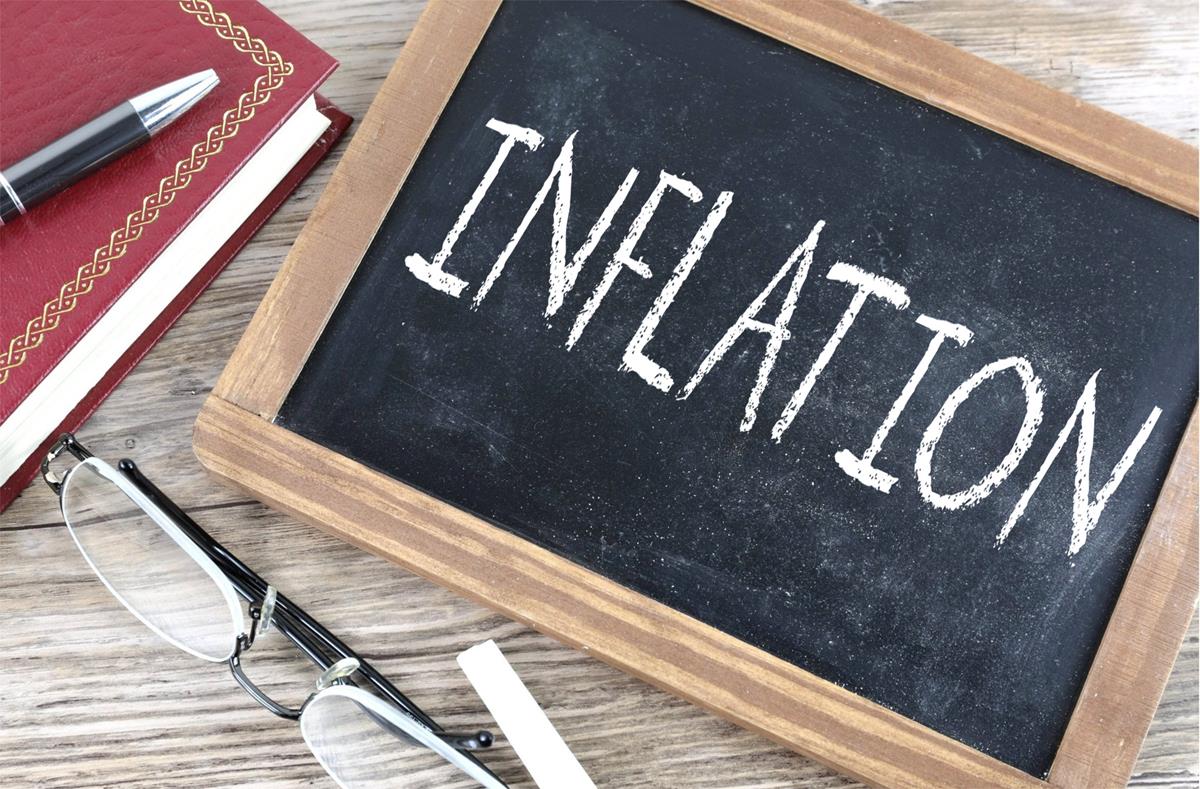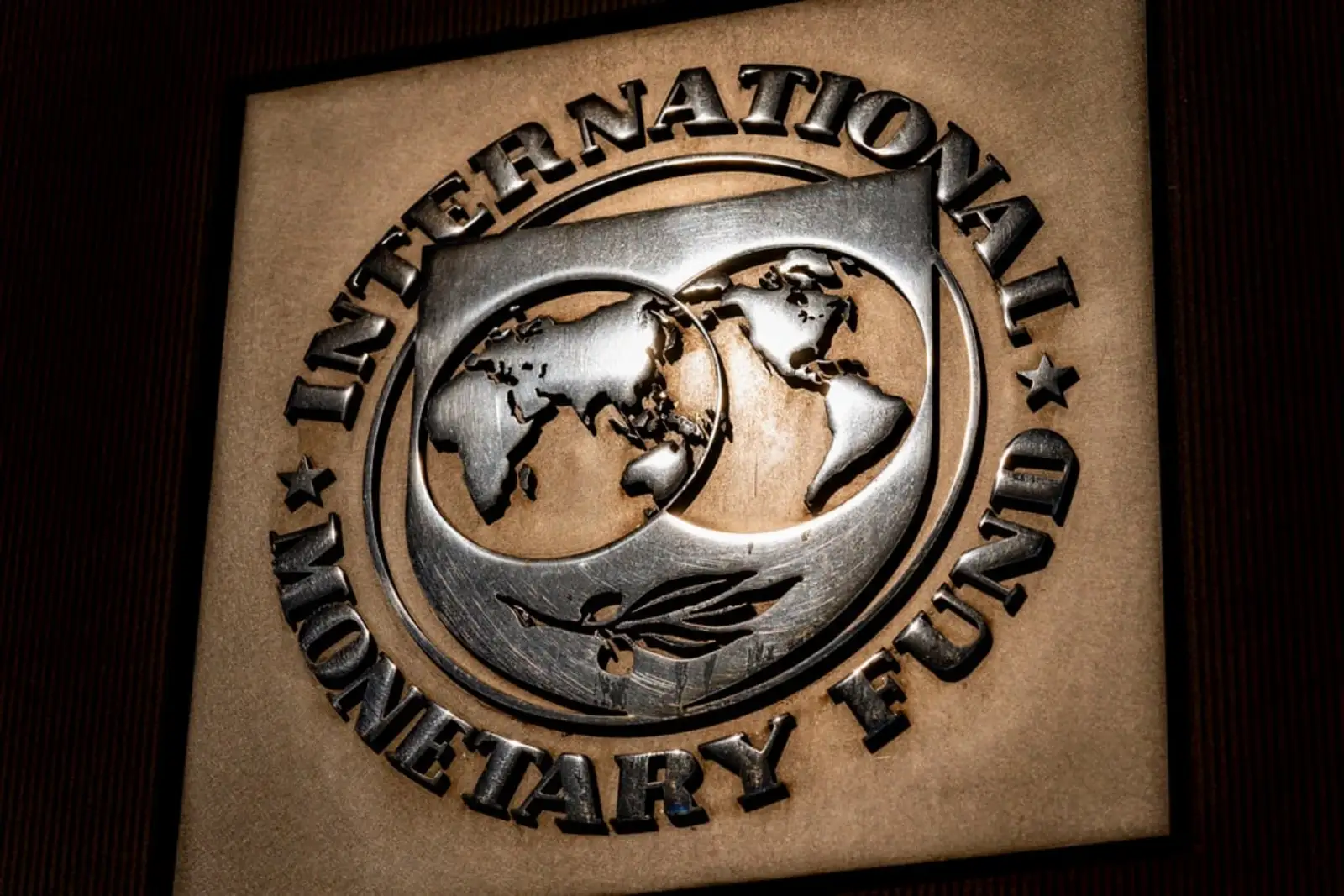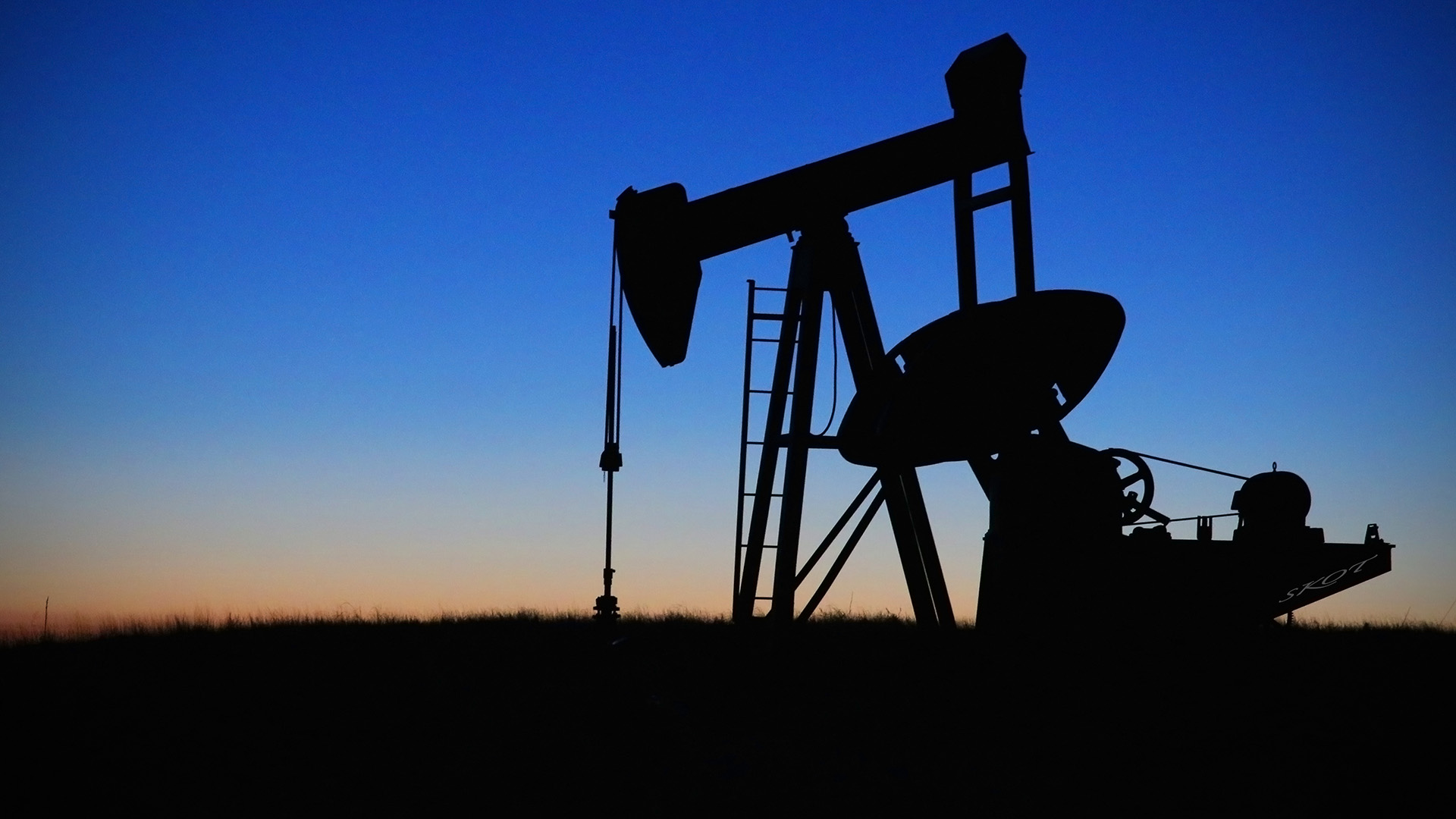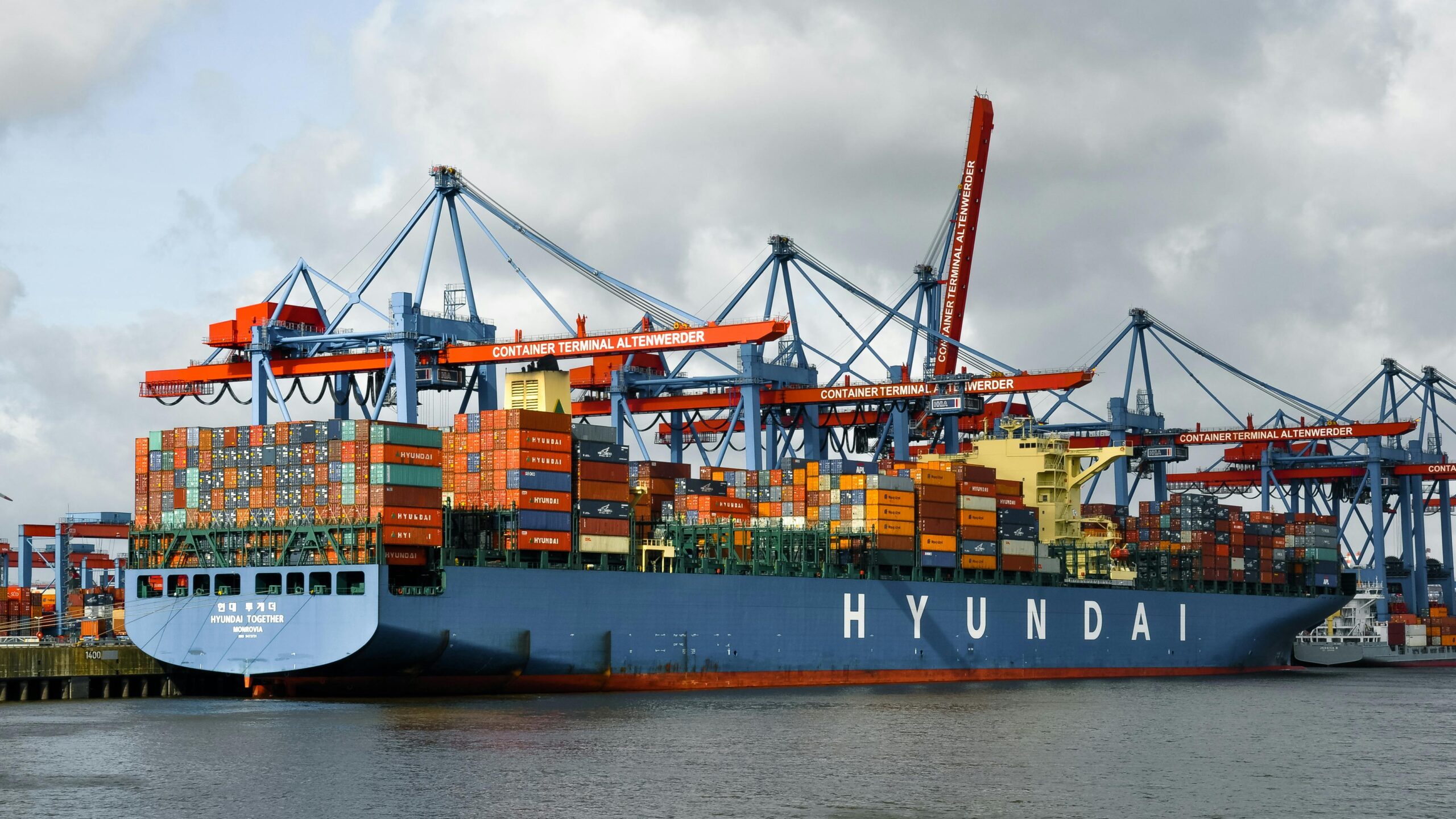Inflation expected to dip below 0.5% in April 2025, signaling signs of economic recovery
Pakistan’s economy has been through turbulent waters over the past few years, with skyrocketing inflation, rising energy prices, and a depreciating rupee affecting millions of lives. However, as we approach the end of April 2025, there appears to be a silver lining. According to a recent report by Topline Securities, Pakistan’s headline inflation is expected to decline further to below 0.5%, marking a record low in nearly six decades.
The Consumer Price Index (CPI), which serves as a key measure of inflation, hit 0.7% year-on-year (YoY) in March 2025 — already the lowest level recorded since 1966. This was a significant drop from February 2025, when CPI stood at 1.5%. And now, projections for April hint at an even steeper drop, possibly bringing inflation as low as 0.05% YoY, suggesting a rare deflationary trend in the economy.
What’s Driving This Decline?
Several key factors are contributing to this historic low in inflation:
1. Drop in Food Prices
The most influential contributor to the decline is the sharp fall in food prices. According to Topline Securities’ data, food inflation is projected to fall by 3.32% month-on-month (MoM). This includes:
- A 25% decrease in fresh fruit prices
- A 21% decline in tomatoes and onions
- A 19% reduction in egg prices
These are essential household items that directly impact the average Pakistani’s daily expenses. Even small changes in their prices can create a ripple effect on overall consumer sentiment.
While core items like milk, meat, spices, and pulses are expected to register a minimal increase of around 0.2% on average, the net result is a substantial easing in overall food inflation.
2. Energy Prices Are Softening
Pakistanis have long been at the mercy of rising electricity and fuel prices. However, April brings some long-awaited relief. A drop of 6.8% in electricity prices and a 0.5% fall in solid fuel (wood) prices are expected. The overall housing, water, electricity, and gas segment is projected to decline by 0.02% MoM.
This is primarily due to the implementation of several regulatory adjustments:
- Fuel Cost Adjustment (FCA): A reduction of Rs1.36 per KWh
- Quarterly Tariff Adjustment (QTA): A drop of Rs1.90
- Petroleum Development Levy (PDL): Incentive of negative Rs1.71
These reductions directly impact household utility bills, again easing pressure on the average consumer.
3. Transport and Fuel
The transport sector, often a major inflation driver due to its dependence on global oil prices, has also recorded a mild 0.12% MoM decrease. A 0.4% fall in fuel prices is responsible for this dip — good news for commuters and businesses relying on logistics and transportation.
A Glimpse of Deflation?
Interestingly, Topline’s estimates, based on the Sensitive Price Indicator (SPI) data of April 10 and 17, hint at a possible deflationary scenario. With YoY CPI potentially falling between -0.25% and 0.25%, Pakistan could briefly experience deflation — a situation where prices decline across the board.
While deflation might seem like good news at first glance, especially for consumers, it also comes with potential downsides. Falling prices can lead to reduced business revenues, layoffs, and delayed investments if not managed carefully. However, in Pakistan’s current context, this short-term deflation may simply reflect a market correction after years of intense inflation.
How Far Have We Come?
Let’s not forget, inflation peaked at a record 38% in May 2023 — the highest since Pakistan began recording such data in 1965. This was a period of immense economic pain, where daily essentials became unaffordable for millions.
Fast forward to April 2025, and the average inflation for the first ten months of FY25 is expected to stand at 4.87%, compared to a staggering 26.22% in the same period of FY24.
This steep decline has provided a much-needed breather, but it also raises a critical question: Is this a sustainable trend or just a temporary dip?
Is the Worst Over for Pakistan’s Economy?
The signs are cautiously optimistic. Topline Securities has revised its inflation outlook for FY25 from 5-6% down to 4.5-5.5%, citing continued reductions in energy, oil, and food prices.
Several global and domestic factors are playing a role:
- Global Oil Prices: A steady decrease has provided Pakistan with some breathing space in its import bill.
- Currency Stability: The Pakistani Rupee has seen more stability in recent months, reducing imported inflation.
- Policy Measures: The government’s efforts to reduce circular debt, increase energy sector efficiency, and provide agricultural subsidies are beginning to bear fruit.
If these trends continue, Pakistan could be on the path to macroeconomic recovery, though challenges remain.
The Human Side of Inflation: Relief for the Common Man
Beyond the numbers, what does this mean for the everyday Pakistani?
For the average household, especially low-income families, inflation has been a cruel companion over the past few years. A fall in prices of essential items like fruits, vegetables, eggs, and electricity is nothing short of a blessing. It allows families to breathe easier, manage their monthly budgets, and perhaps even save a little — a luxury many haven’t experienced in a while.
For small businesses, reduced utility and transport costs can boost margins and reduce operating pressures, allowing them to reinvest and grow.
A Window of Opportunity for Policymakers
With inflation slowing down, the government and central bank now have more room to focus on growth-oriented policies:
- Reducing interest rates to stimulate borrowing and investment
- Easing the burden on small and medium enterprises (SMEs)
- Accelerating reforms in the agriculture and energy sectors
- Creating job opportunities to support household incomes
But this window of opportunity is limited. If policymakers fail to act quickly and wisely, the benefits of low inflation may not translate into long-term economic stability.
What Should We Watch Moving Forward?
As the country moves toward the end of FY25, the following indicators will be crucial:
- Monetary Policy Decisions: Will the State Bank of Pakistan cut interest rates further?
- Global Commodity Prices: Especially oil, which directly impacts Pakistan’s economy
- Political Stability: Investor confidence is often tied to a stable government
- IMF Agreements and External Financing: To manage fiscal deficits and debt obligations
Final Thoughts: Hope, But With Caution
Pakistan’s inflation hitting a 59-year low is not just a statistical headline — it’s a sign of hope for millions struggling to make ends meet. It reflects improved macroeconomic management, favorable global trends, and a more responsive policy framework.
But it’s essential not to get carried away. Sustaining this trend requires consistent effort, political will, and careful economic planning. For now, Pakistanis can enjoy this rare moment of economic relief — but the journey ahead still demands resilience, innovation, and reform.




